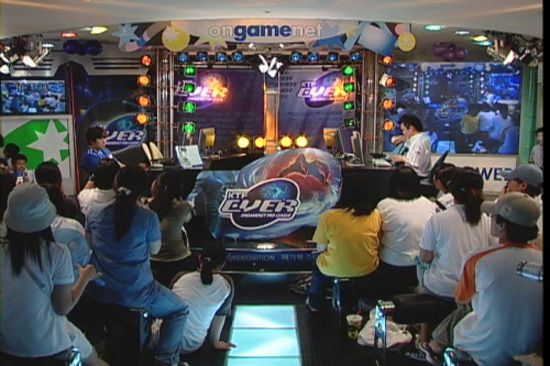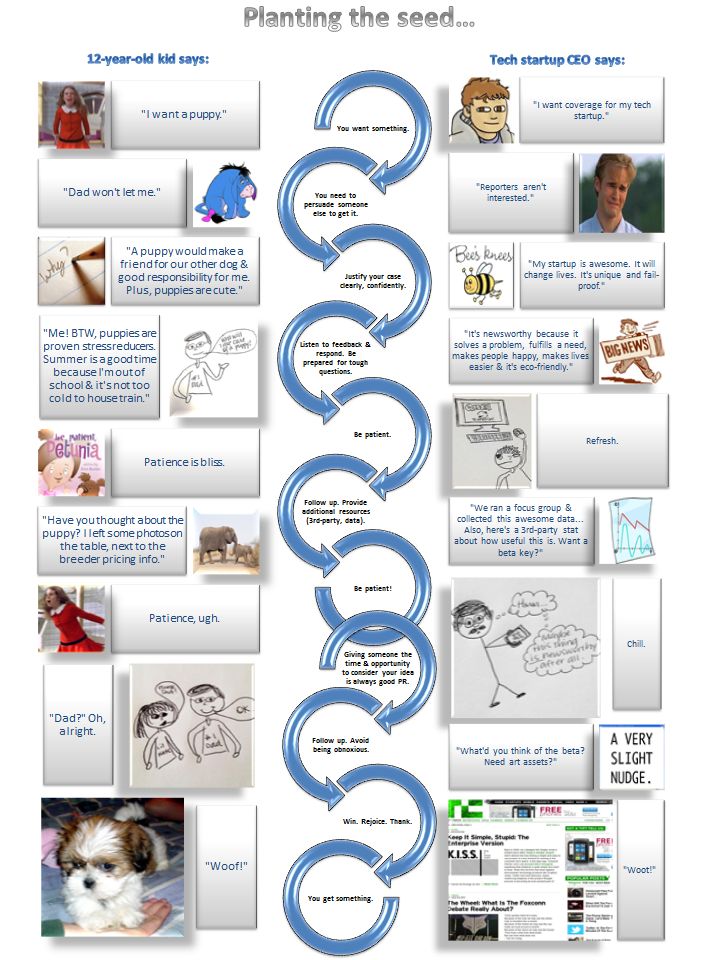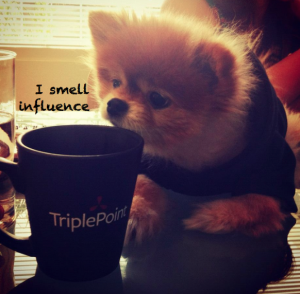TriplePoint is bringing the heat to this year’s Game Developers Conference (GDC 2012). And by heat, I mean a menagerie of clients with cool games and gear. (Obviously.) People keep asking what we’re up to, and it’s no secret, so… OK, actually, there are some secrets. If I told you everything in this preview, what would be left for next week? Let’s just call this a sneak peek and get going already.
TriplePoint’s GDC 2012 client catalog:
In alphabetical order, because we love all our clients equally…
Frima (Multiplatform)
 Frima Studio is flying in all the way from Quebec City Canada to tease a variety of titles in their original IP lineup including:
Frima Studio is flying in all the way from Quebec City Canada to tease a variety of titles in their original IP lineup including:
- Lives & Death: A dark, adventure game in development with comic book legend Marv Wolfman for XBLA and PSN. A trailer, screenshots and concept art will be available.
- Nun Attack: A tower offense game in development for iOS that puts the player in control of an elite squad of attack nuns. Extensive screenshots and character bios will be available.
- A Space Shooter: A retro arcade style shoot em’ up available now for PSN, iOS, Android and Kindle Fire. Playable iPad demo available.
Frima’s booth will be located at Kiosk #10 inside of GDC Play. Contact zfuller (at) triplepointpr (dot) com for appointments.

Papo & Yo (PSN)
Papo & Yo, the PSN puzzle platformer already getting nods as one of 2012’s most anticipated titles, will be on the GDC show floor in Sony’s PSN section, showing a new gameplay demo. As Quico, a young boy, players travel through the surreal world of Papo & Yo with companions Lula, a robot, and Monster, a monster. Need assistance getting in on all this awesome? Contact joleary (at) triplepointpr (dot) com.
Paradox (PC)
Paradox Interactive is doing 2 cool things at GDC that you should know about. THE FIRST COOL THING: Showing off four indie games at the oh-so comfortable Paradox loft on O’Farrell and Powell, not far from the Moscone. Three titles being shown are unannounced; one of them is the new project from the Magicka development team. And they are:
- A Game of Dwarves, from acclaimed independent developer Zeal Game Studio
- Project “JFK” by Arrowhead Game Studios, creators of Magicka
- Project “Revenge!” by Brazilian dev team Critical Studio
- Project “Silverado” from Zeal Game Studio
THE SECOND COOL THING: Paradox is hosting a multiplayer event on Tuesday March 6th at 4pm! The game being shown is War of the Roses (from Paradox and Fatshark). It’s basically going to be a kick ass LAN party with beverages and what not. Think: Battlefield meets medieval combat. Want more details? Need some help? Hit up dmartinez (at) triplepointpr (dot) com.

RocketChicken (iOS)
Developers from RocketChicken are flying in from the great white north (or just Vancouver, if you prefer) to demo their new location-based ARG iPhone app at GDC next week. An ARG iOS app? Yup. It’s called CodeRunner and, in it, you get to be a badass spy. You get to interact with OTHER badass spies. You can to leave “dead drops” all around the real world (which can be physical or picture clues left via riddles). AND the game has incredible production value, from voice acting to video.
Furthermore, I think you should check this out because our content manager has been running around San Fran all week setting up geo-locations for the demos. I need him back, and you need this game. CodeRunner details are here. Contact pklugman (at) triplepointpr (dot) com for appointments.
Shadow Government (iOS)
Play the news, rule the world. That’s right, you heard me. Shadow Government is the brain child of Playmatics, one amazing development team and a heap of government data from the Millenium Institute. It’s a little hard to explain, which is why it’s great news that the game’s creators are giving a talk next week to tell YOU all about it. Meantime, read more here.
Shadow Government is a reality-based social game for iPhone, iPad and iPod touch, and is set to enter closed beta next week. In addition to formal GDC talks by one of the Playmatics founders, Nick Fortungo, you can also catch the creators AND THE FIRST EVER PUBLIC DEMO at the Swiss Game Arcade on Tuesday evening. RSVP for that, stat. If you’re a reporter and you want to meet with the development team outside the Swissnex event, please contact kate (at) triplepointpr (dot) com.
 Sketch Nation Studio (iOS)
Sketch Nation Studio (iOS)
This iPhone app is more than a game – it’s a toolkit that allows you to build your own games, then sell them for REAL MONEY on the ACTUAL APP STORE! Draw your game’s characters and scan them in, or create them using the in-app painting tools. Then create your game, whether it’s a shooter, free-runner, platformer, racing game, the sky is the limit! It’s totally free, and players can earn in-game currency by selling their hand-drawn assets in Sketch Nation Studio. For more info, please contact rjones (at) triplepointpr (dot) com.
SweetLabs (Pokki)
I said SweetLabs, not sweetbreads. This company is sweet nonetheless, and they’ll be showing off their new Pokki platform next week in the Intel booth (#1024 ) during show hours. Oh but THAT’S NOT ALL, friends. SweetLabs will also be hosting a panel on Tuesday as part of the Social & Online Games Summit (with Dan Hsu as moderator and execs from EA, Digital Chocolate and Kabam). During GDC, SweetLabs will also be announcing the winners of their $50K developer challenge, honoring top original game submissions. You can schedule a chat with SweetLabs co-founders by contacting dblackwell (at) triplepointpr (dot) com.
What does Pokki do? It brings awesome apps to your desktop. That’s what.
More, you want more detail? Oh alright. Pokki’s app platform is transforming the “desktop” experience with games from the likes of Kabam, EA and Digital Chocolate, in addition to other multimedia and communications apps. That means better discovery and increased engagement for game publishers through one-click access to content via desktop apps. Pokki enables developers to create full-featured desktop apps for Windows 7 using HTML5, which currently includes apps such as EA’s Madden NFL Superstars, Kabam’s The Godfather: Five Families, Rdio, Gmail, Facebook and Twitter.
Was your favorite TriplePoint client not on the list? It doesn’t mean they won’t be at GDC in some capacity next week. Maybe their stuff was simply TOO secret to talk about yet ;]





 Frima Studio is flying in all the way from Quebec City Canada to tease a variety of titles in their original IP lineup including:
Frima Studio is flying in all the way from Quebec City Canada to tease a variety of titles in their original IP lineup including:







 Our sister site,
Our sister site, 
 When did micro-transactions get so expensive?
When did micro-transactions get so expensive?